Linda Lombardi
Even the best animal shelter can be a stressful place for dogs. Erica Feuerbacher studies how to improve their welfare and was intrigued by a program she learned about at Best Friends Animal Society in Utah. Volunteers could take dogs with them for an overnight sleepover, even volunteers on working vacations, who could bring them to their hotel. Feuerbacher and colleague Lisa Gunter thought they could answer some questions that were in the air about the program.
“Some people thought this was really useful,” she says. “The dogs got a break from the shelter, and they learned more about the dog when it was out and about.” Others were concerned that the program was stressful for dogs. Here’s what they found.
Test Tactics
They collected urine for analysis from a sample of dogs before, during, and after a sleepover. “We found that their urinary cortisol levels, a measure of stress, significantly dropped while they were on the sleepover,” Feuerbacher says. “They came back up when they returned to the shelter, but not above baseline levels, so they weren’t more stressed when they came back.”
This suggested that the sleepovers were good for the dogs, but would they have the same effect elsewhere? Best Friends is not a typical shelter; most of the dogs are long-term residents and many had been on sleepovers before. They repeated the study at four other shelters, from small limited-intake facilities to large municipal shelters. Urinary cortisol measurements for dogs getting two-night sleepovers revealed the same stress reduction effects.
Good Stress
Repeated sleepovers appear to have a positive effect. At BFAS, the number of sleepovers a dog had previously experienced was correlated with lower cortisol, suggesting that the experience at first involves a small amount of stress.
“Likely the results we saw were the decrease from stress in the shelter overlaid with some new stress from the new situation, but the decrease overrode the small increase,” she says. “With repeated exposure to this new experience—‘I go home with new people and hang out for a night’—the dogs show an even greater reduction.”
Dogs at the four shelters in the second study also wore activity monitors as a way to follow up on something the volunteers at Best Friends reported: that the dogs would check out the new place for 20 or 30 minutes and then sleep the rest of the time. The monitors showed that the dogs not only spent much of the time resting in the foster home, they seemed to be able to get more rest when they came back to the shelter.
“The longest bout of uninterrupted rest occurred at the foster home, which made sense, but we did see some carryover effects,” she says. Dogs got significantly more rest in the shelter after the sleepover. “We had lots of reports from staff saying ‘When the dogs came back from sleepover, they’re a different dog, they’re calm in the kennel, they’re showing better’ and our data supported those anecdotal observations.”
So while the cortisol measurements did come back up when the dogs returned to the shelter, the break appeared to improve their ability to be calm in the shelter environment. “I always compare it to a weekend,” says Feuerbacher. “I’m stressed on Friday at work, I relax on Saturday and Sunday, and yes on Monday I’m stressed again, but I’ve had rest and I’m probably better able to cope with it.”
Canine R&R
The fact that dogs spent most of their time away from the shelter resting might be a bit of a surprise, but a pleasant one, as it potentially makes a program easier to implement.
“Oftentimes we think about shelter dogs that they need to go out and do things, go on hikes, and get all this environmental enrichment, but it’s possible that the shelter environment is so stimulating already that what they really need is just some quiet time,” she says. “This opens up new opportunities for fosters who might say, ‘I don’t feel comfortable taking a new dog to Starbucks, but I can take this dog home and let him sleep at my house for a few hours.”
Success Story
One shelter that participated that was so pleased with the results of the sleepover that they continued the program after the experiment was over was the Humane Society of Western Montana in Missoula. Director of Programs Mariah Scheskie says staff sees a difference in the dogs that come back from a sleepover. “When they come back, not only are they calmer, the potential adopters looking through the kennels are more drawn to them because mostly they don’t pick the dog that’s jumping up and lunging at the glass.”
Now that the program is established, it’s easy to run. Volunteers know the procedures, what to take home with which dog and what the schedule is, so it doesn’t add work for shelter staff.
The finding that dogs mostly want to rest makes participation less intimidating. “Before having this information, people did think, ‘I have to take this dog and run them for 10 miles and do all these things, and that’s a lot of pressure,” she says. “But we’re saying no, just rent a movie and open a bottle of wine and stay home.”
One unexpected finding was large differences in baseline stress at different shelters that didn’t correlate with any obvious factors. This is something Feuerbacher thinks needs further study. “Yes, sleepovers help, but we really need to understand these differences between the shelters and how housing, handling, and husbandry practices are impacting those dogs,” she says.
In the meantime, short sleepover programs can offer benefits to dogs and a new way to volunteers to get involved. Scheskie has found that it makes shelter staff feel good as well. “The volunteer is going out, everyone’s yelling goodbye, the door closes, and everyone has this huge sigh of relief together,” she says. “I looked at my coworker the other day and said, ‘It’s amazing how good that feels. You just know they’re snuggling in the bed, they’re with a human, they’re having a great time.”
This article was reviewed/edited by board-certified veterinary behaviorist Dr. Kenneth Martin and/or veterinary technician specialist in behavior Debbie Martin, LVT.
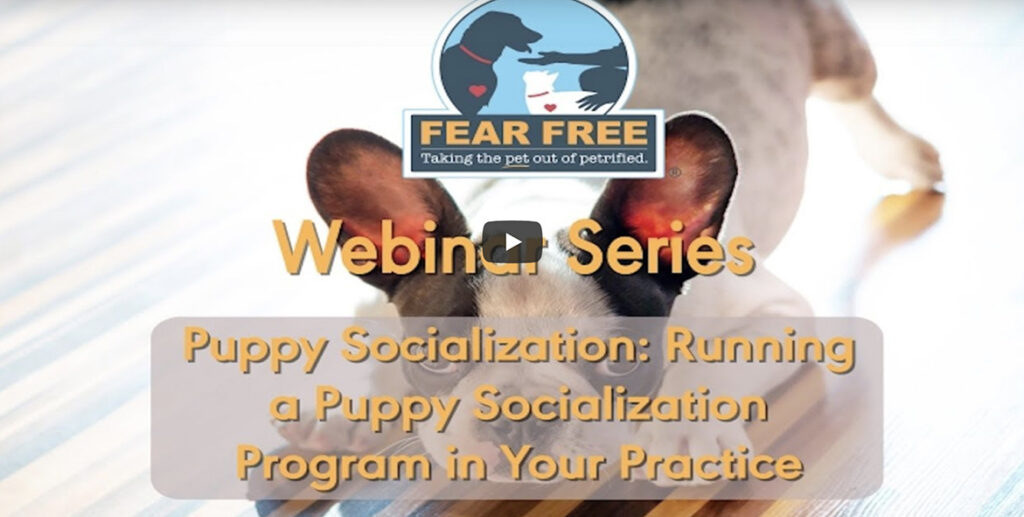
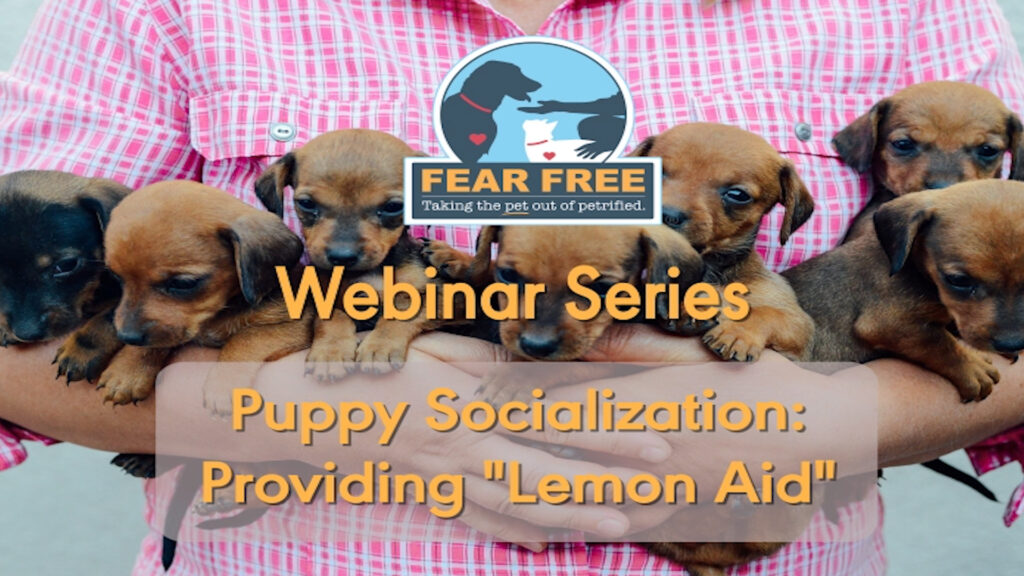
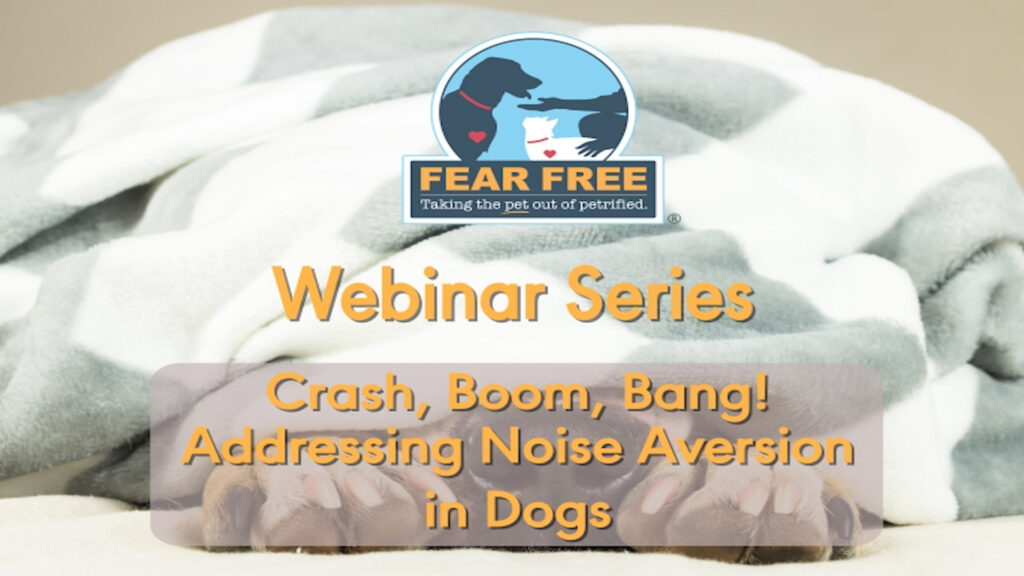
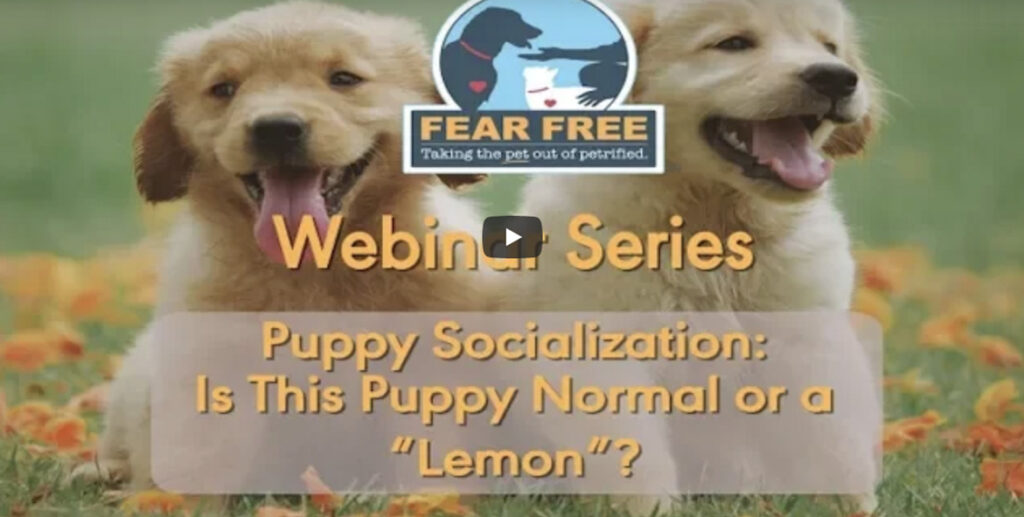

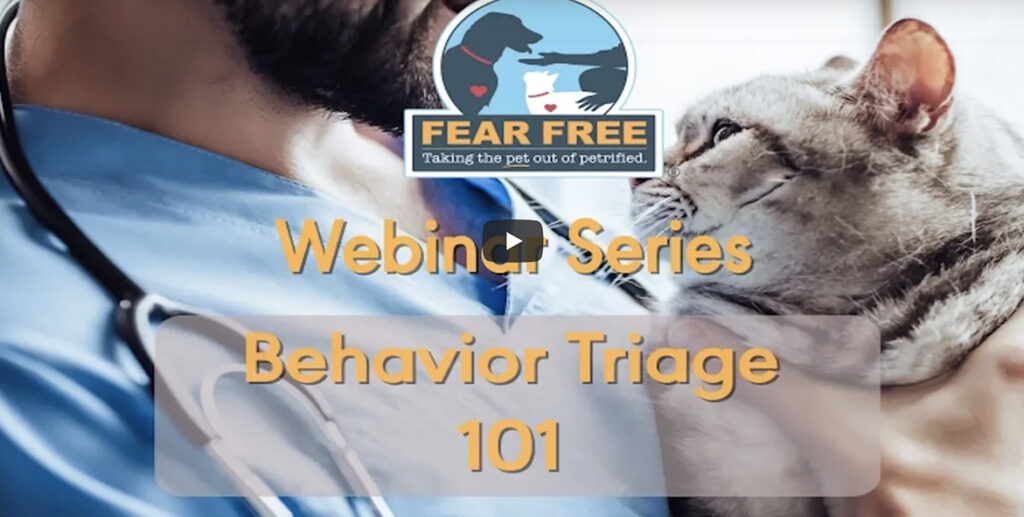
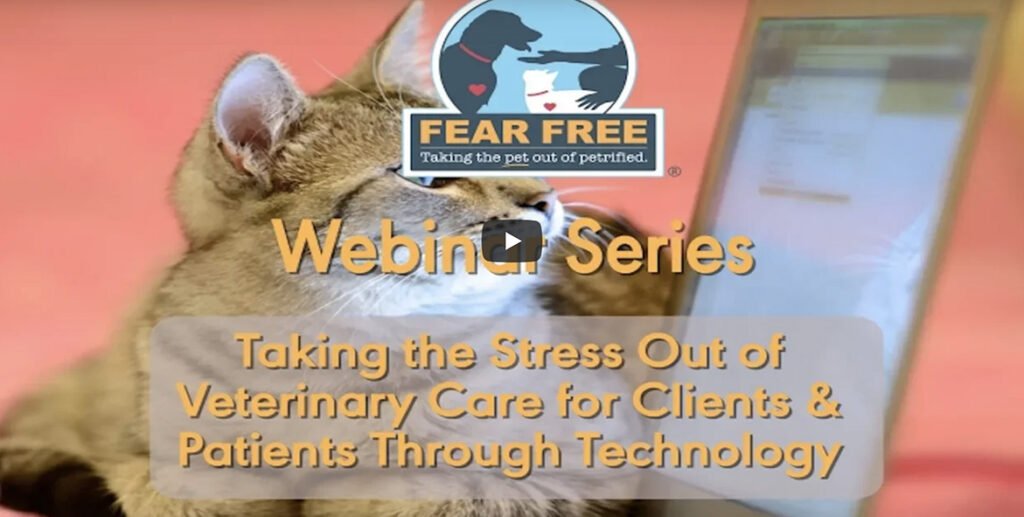

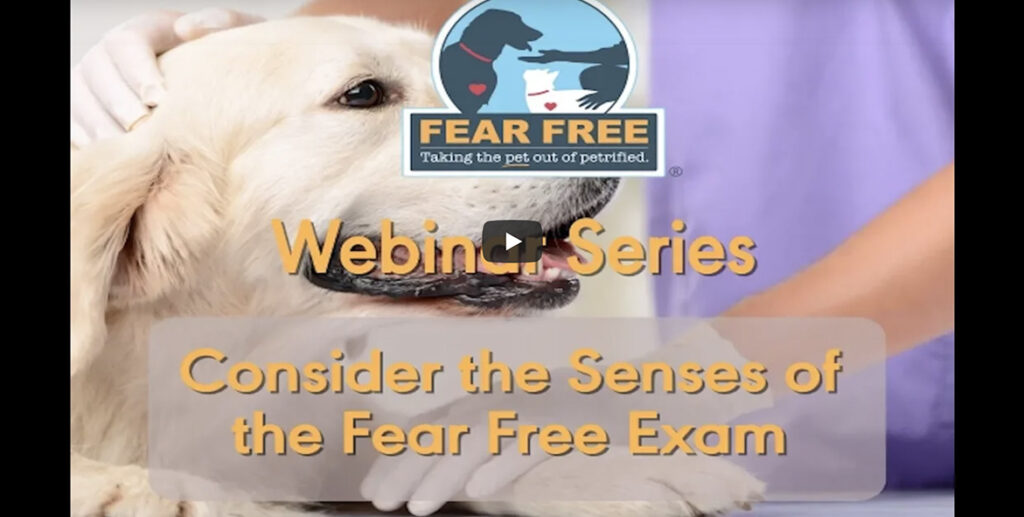

 This article is brought to you in collaboration with our friends at
This article is brought to you in collaboration with our friends at